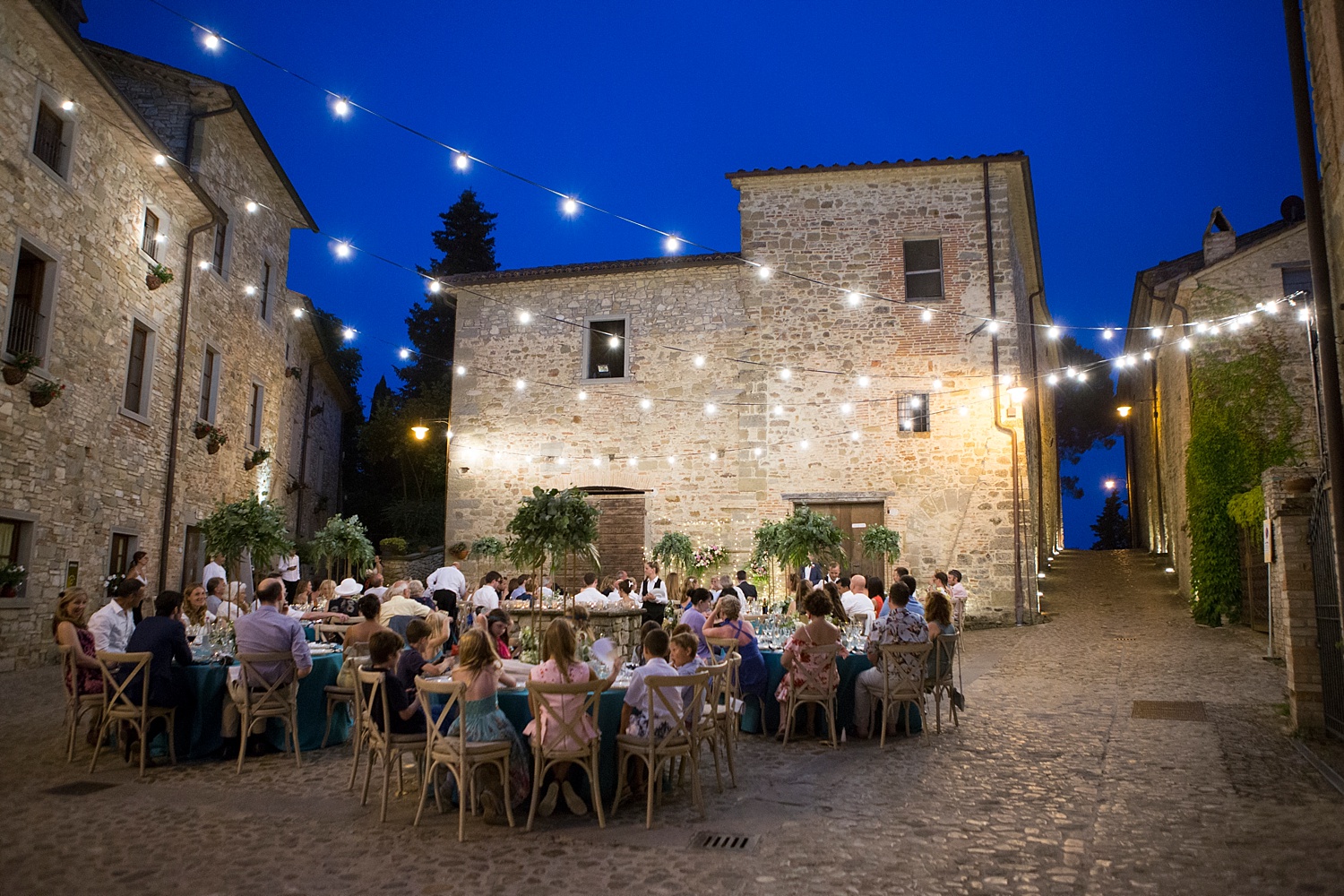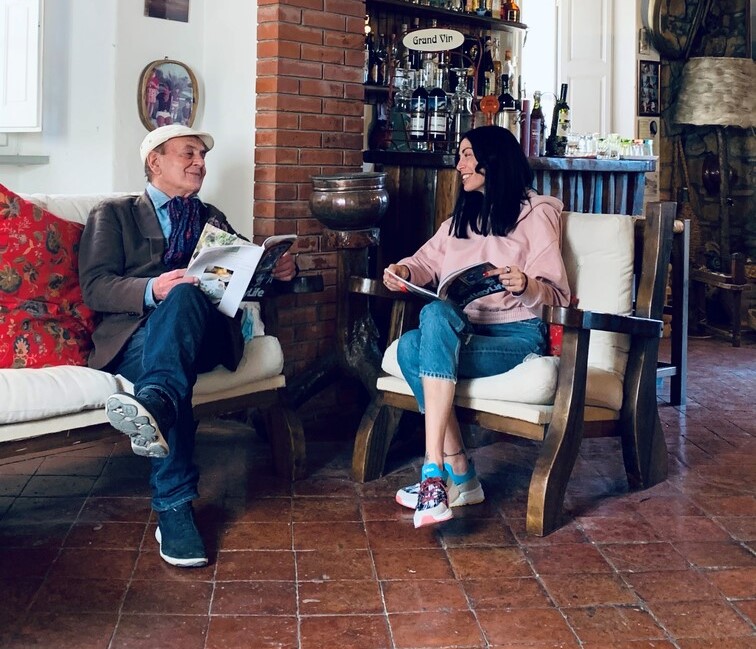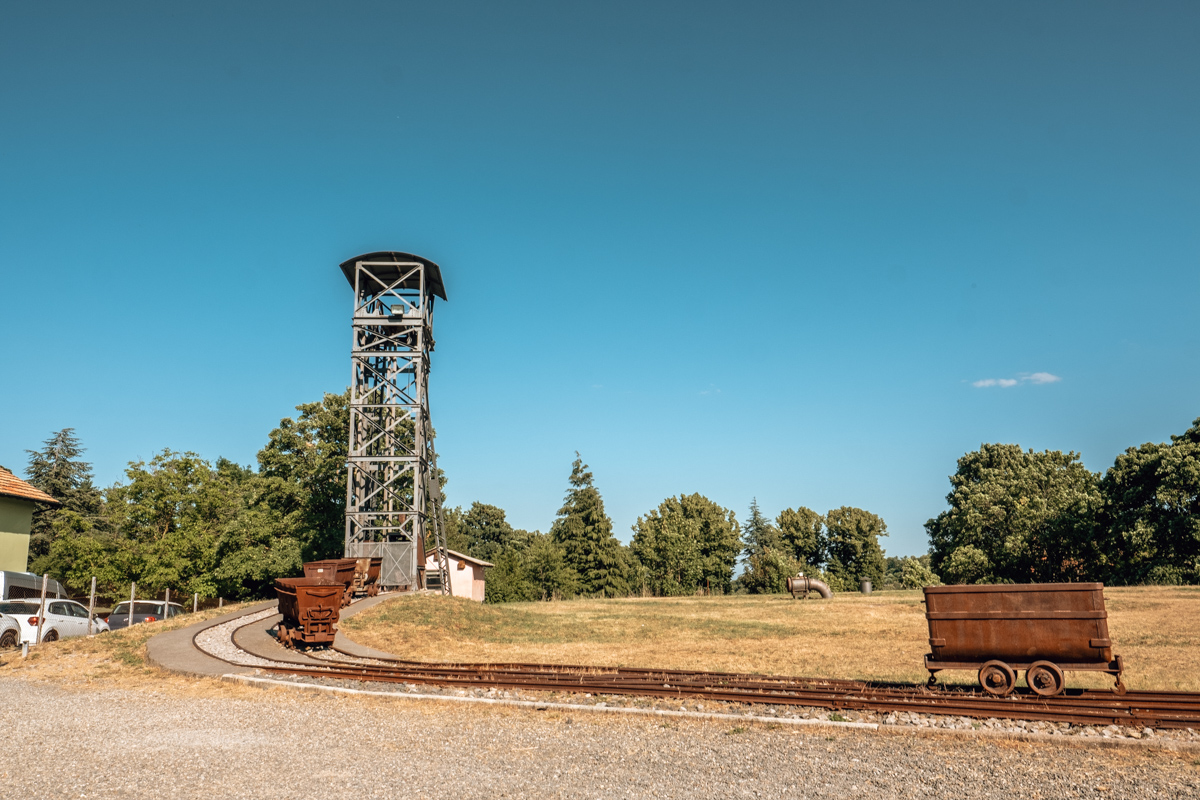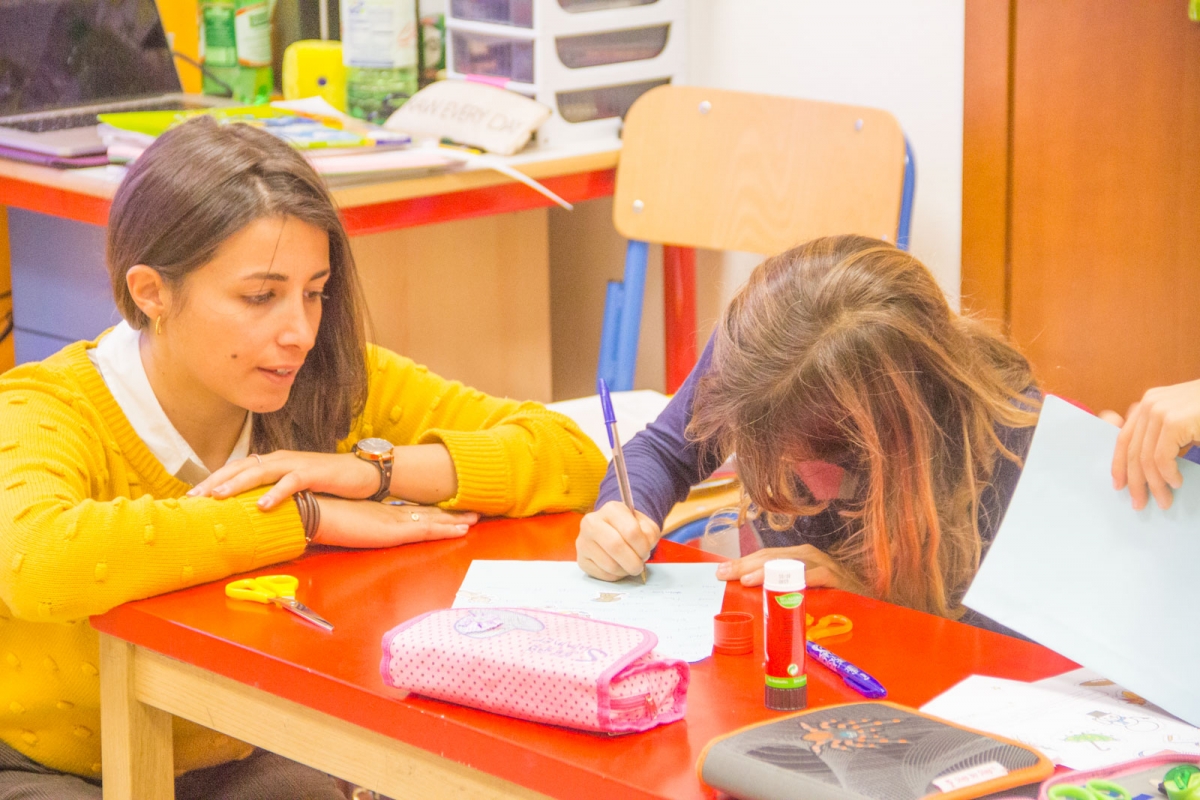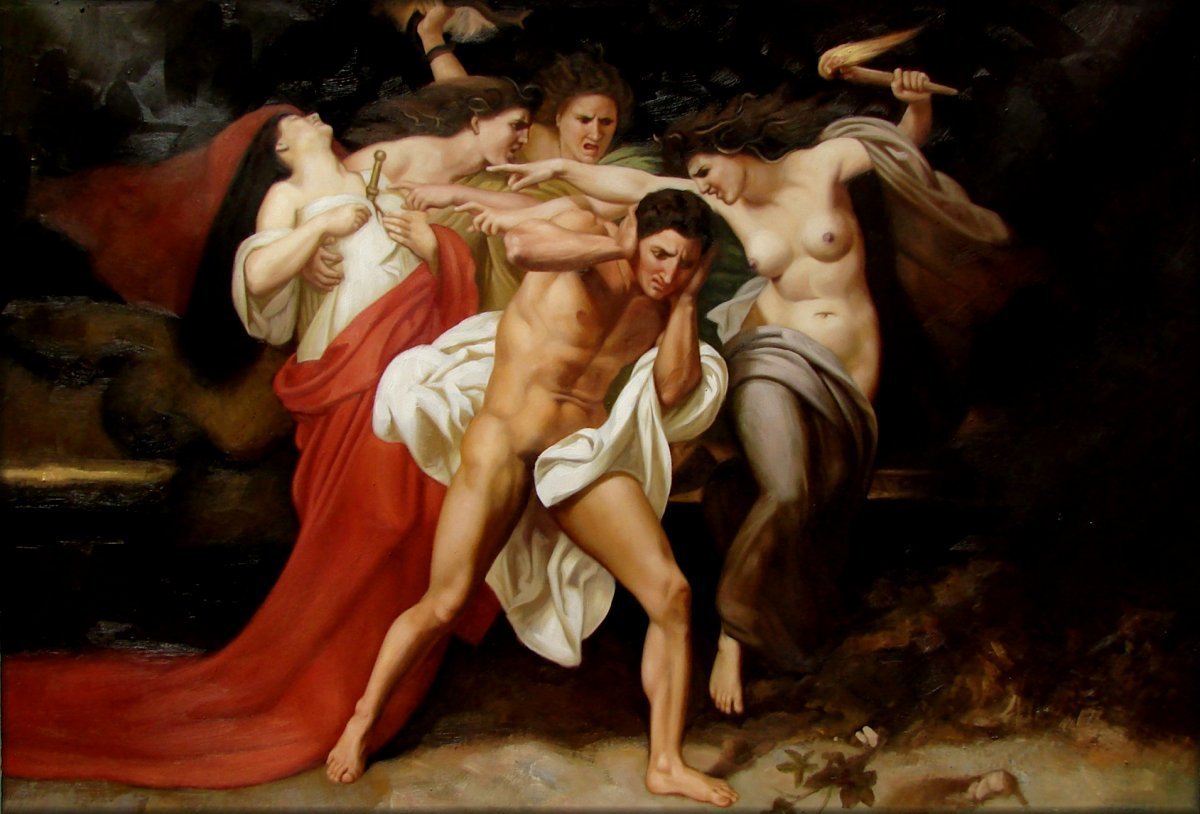In the mind of every bride or in the imagination of every couple who intends to announce and seal its (hopefully) eternal union, there is a unique marriage, unrepeatable and never equal to others.
read more >Month: December 2021
Among the novelties, the scientific color reconstruction of the first documented work of Raphael, the Coronation of Saint Nicholas of Tolentino, edited by Francesco Paolo Di Teodoro and Filippo Camerota, visible in the exhibition through a digital installation produced by the Museo Galileo in Florence, and the scientific account of the important restoration work, by the Central Restoration Institute (ICR), the banner of the Brotherhood of SS. Trinità, the only mobile work of the artist left in Umbria, now located at the Municipal Art Gallery of Città di Castello in the same room of the “Martirio di San Sebastiano’, by Luca Signorelli, one of the most studied artists by Raffaello in his youth. The restoration has allowed to fill some of the gaps present in the work and left ‘exposed’ in the previous intervention of 2006, always edited by the ICR.
read more >In a recent edition of Valley Life (n. 163, spring 2021) we had already told the passionate historical-documentary research of Umberto Pippolini on Francesco di Bernardone, better known as “Saint Francis of Assisi”. The exciting research of Umberto – esteemed professional and inexhaustible creative – ended with the release of the text, already available in the bookstore: “Il Mio San Francesco di Assisi – Alla ricerca della sua unica e vera immagine”.
read more >The atmosphere is familiar and informal, but also extremely elegant: the beautiful veranda on the course of Sansepolcro during the Christmas holidays is adorned with lights, the atmosphere is even warmer, there is the desire to take a break from the working rhythms and enjoy a typical Tuscan appetizer, a good wine, a cut juniper and rosemary… But also a cod and shrimp difficult to find in the other restaurants in the area, because the cook Nicoleta has a great skill in cooking fish and in combining its flavors with those of the Tuscan tradition.
read more >The visit to the Abbadia San Salvatore Mining Museum Park is structured in three parts, each one fascinating. The first is represented by the multimedia museum The ‘Geography of Mercury’, where, like a script, everything revolves around this metal element and immerses the viewer in the narrative of mining life: the myth, the territory, the work, the men and the material constitute the chapters of the story; multimedia technologies take the visitor on a fascinating journey: “there are numerous mining parks ̶̶ explains Massimo Sabatini, president of the Terre di Toscana Consortium ̶̶ but very few focused on mercury and it is no coincidence that we are twinned with Idrija in Slovenia and Almadén in Spain which, together with Abbadia, formed the three main poles of mercury production in Europe. In the museum you will find films, videos and oral testimonies of those who spent their lives in mining.”
read more >In 2001, after years of experience, Patricia brought her innovative idea of education to the Val d’Orcia, with the motto of ‘have fun learning’. The classrooms are colourful and welcoming. Entering them one gets the impression of belonging to a large family.
read more >We realized how earthly existence has been ‘reduced’, as if sucked up by several mouths: the all-encompassing mechanics of the profession of ‘earning one’s daily bread’, in a family ‘experience’ which is the comic and caricatured version of the ancient domestic hearth (while now there are only needs, things to do, where being for being’s sake is forgotten, where belonging fades into the provisional and contingent), a state bureaucracy that, at the time of the new global pandemic, wraps in its coils and encodes every space of individual and collective action, even the very possibility of self-determination.
read more >